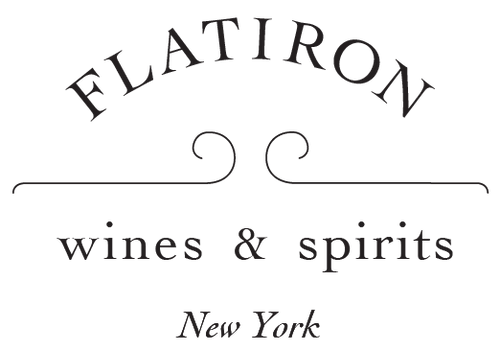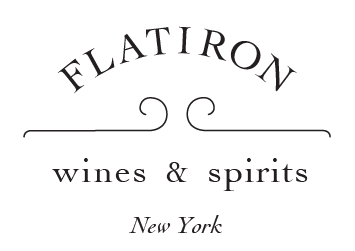Croix de Carbonnieux: It's Hip to be Square
Bordeaux can't rightly be called any kind of an underdog. It's home to some of wine's most famous names — Pétrus, Margaux, Lafite. And inexpensive red Bordeaux is a staple of Bistros and dining room tables the world over.
But the white stuff, Bordeaux Blanc, is criminally underrated. Châteaux Carbonnieux’ 2017 La Croix de Carbonnieux Blanc has all the makings of an under-the-radar fave, including amazing value.
Part of the problem is that White Bordeaux is a bit of a “neither here nor there” wine. They’re Sauvignon Blanc-based, but they’re no Sancerre substitute. They don’t have any of the cachet of today’s hippest wines: This isn't newly (re-)discovered terroir (like, say, the Gredos), and there’s no obscure sparkling wine grape repurposed for still wine (à la Xarel-lo). And there’s no crazy adoption of historical winemaking techniques used to show a link from our table to the drinks of millennia-ago.
Except... Bordeaux Blanc does offer all of these things, starting with the terroir!
It’s easy to forget, now that Bordeaux’ red wine grapes and techniques have been adopted around the world (does any country not make an oak aged Cabernet-Merlot blend?), but Bordeaux’ terroir of deep gravels and clay-limestone soils is one of the world’s greats.
Carbonnieux plants their Sauvignon Blanc on both soil types for a balance of bright expressiveness and structured depth. But they plant their Sémillon (35% of the vines) only in clay-limestone soils, which give the wines a degree of fleshiness as well as more complex, luscious aromas.
Sémillon is as much of an under-appreciated grape as Xarel-lo. Most famous as the central grape in Sauternes, in the right terroir and shaped by the right hands, Sémillon makes absolutely delicious dry wines. In this bottle from Carbonnieux, it contributes a waxy note as well as complexity of flavor, together elevating the wine to so much more than the sum of its parts.
Even Carbonnieux’ viticulture and vinification are interesting. They farm sustainably – no small feat Bordeaux' challengingly wet environment. And the winemaking is an almost shocking balance of the forward-thinking and the traditional. Not only do they use indigenous yeast, they actually let the juice macerate on the skins for three days, during a very, very slow and gentle pressing designed to minimize the need for sulfur. They believe that the slow pace gets them the most aromatically subtle juices. It sounds like a vaguely hipsterish orange wine technique. But here it's put to use to make a pitch perfect expression of one of the world's most elegant white wines.
“La Croix de Carbonnieux” is the the Chateaux' second label, an absolutely classic Bordeaux Blanc. It is not any kind of newfangled interpretation of the genre. But it’s a Bordeaux Blanc that shows us why these classics should be on every wine lover’s table – and in every collector’s cellar.
Click below to check a bottle or two out!

